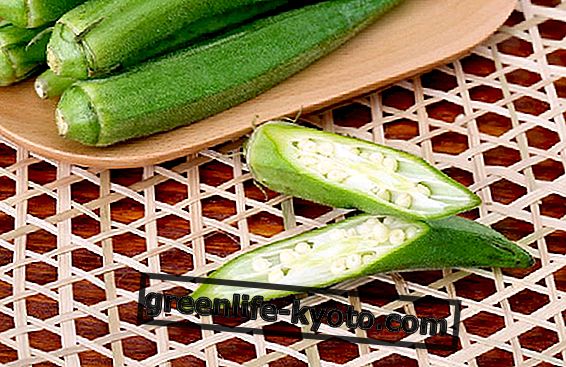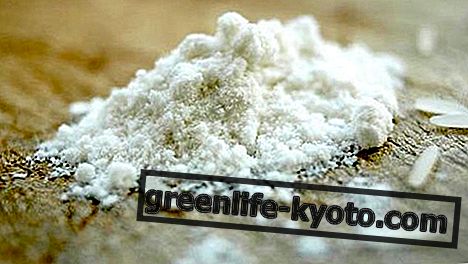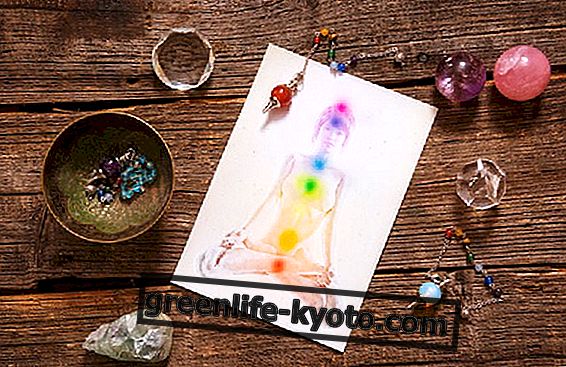Curated by Maria Rita Insolera, Naturopath
Turmeric essential oil, with an intense spicy aroma, is widely used in natural cosmetics and has a digestive, antibacterial, antifungal, antioxidant and anti-inflammatory action. Let's find out better.

Properties of turmeric essential oil
Turmeric essential oil has an intense yellow color and a spicy, woody and fresh scent. It is known for its digestive, antibacterial, antifungal, antioxidant and anti-inflammatory properties .
Turmeric essential oil is used in natural cosmetics as an anti-wrinkle treatment, against dull skin and in case of acne and oily skin.
Moreover, its sebum-regulating action is also suitable for the scalp and therefore against dandruff and greasy hair.
Turmeric essential oil has an antibacterial, antiviral and antifungal action, capable of resisting fungi and bacteria such as Trichophytosis, Staphylococcus aureus and Listeria monocytogenes, and suitable for treating warts and cold sores.
Other important properties of turmeric essential oil are the antioxidant, detoxifying and protective properties of the liver.
Description of the plant
Turmeric ( Curcuma longa ) is a plant native to India, belonging to the Zingiberacce family. It is equipped with a rhizome and is characterized by lance- shaped leaves, shiny, of a beautiful light green color.
Turmeric flowers are similar to those of the lotus, pink in color and with a very long stem (up to 70 cm). Also known as Siam Tulips, turmeric flowers bloom in summer and are marketed for decorative use.
You can learn more about the properties, uses and contraindications of turmeric mother tincture
Use and practical tips of turmeric essential oil
Turmeric essential oil is obtained by complete steam distillation from the rhizomes of Curcuma. Turmeric essential oil is indicated to counteract skin blemishes and disorders of various types, such as in the case of:
- Mature skin and wrinkles : an excellent anti-aging serum can be made by diluting 20 drops of turmeric essential oil in 50 ml of argan oil. Apply in small doses on the face just moistened morning and evening, on well-cleansed skin.
- Acne : prepare a mask with 2 tablespoons of clay, a few drops of turmeric essential oil and the juice of 1 lemon. Mix everything in a bowl, add water if necessary. Apply the mixture, which must be creamy, on the face and leave on for 10 minutes, then rinse.
- Dandruff and scalp irritation : you can do a pre-shampoo treatment by diluting 1 drops of sweet almond or coconut oil with 2 drops of essential turmeric oil and 2 drops of essential tea tree oil. Apply to damp hair, distributing evenly from roots to ends. Massage for a few minutes and wrap the hair in a towel and leave for 30 minutes. Then wash your hair with a dandruff or soothing shampoo.
The essential oil of turmeric, through the diffusion for the home, is also able to give energy and strength thanks to its invigorating and revitalizing qualities. Its spicy scent is perfect to recover a psychophysical balance .
Contraindications of turmeric essential oil
The use of this essential oil is not recommended for pregnant women, nursing mothers or young children . Very important warning is also for those suffering from liver problems or gallstones.
Background
Turmeric is a spice used already in the times of the Assyrians who obtained a natural dye for the tissues . The Indians, on the other hand, used it more than 4, 000 years ago as a spice in the kitchen, in religious rituals and as a dye.
Then the turmeric arrived in Europe thanks to the Arabs who called it " kurkum ", or " saffron ".












